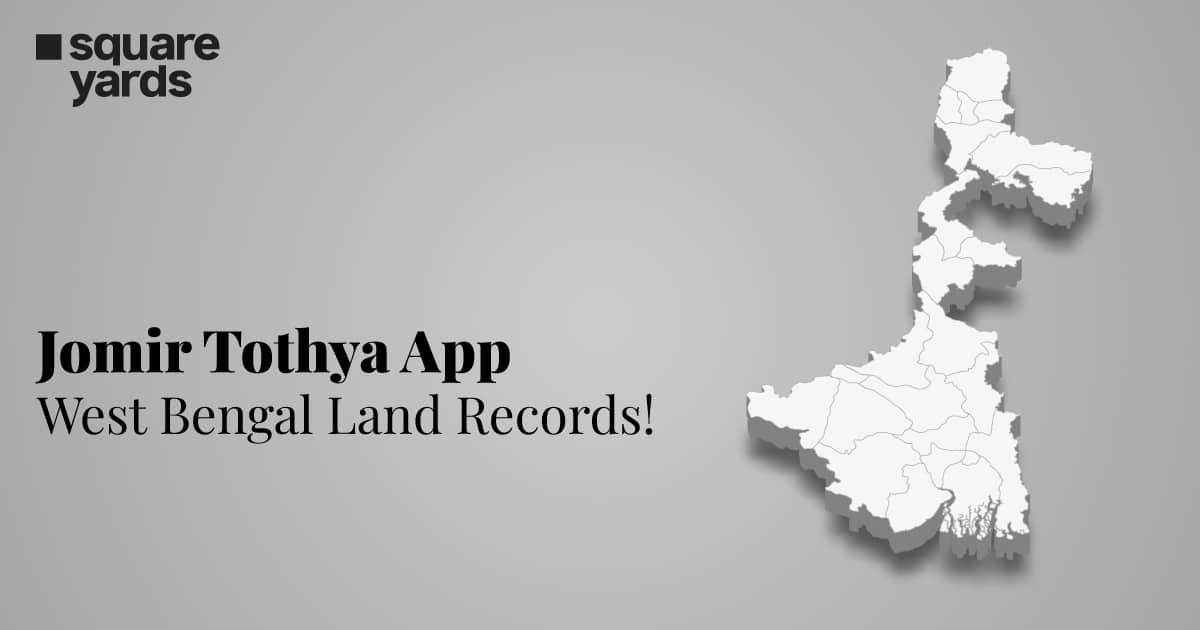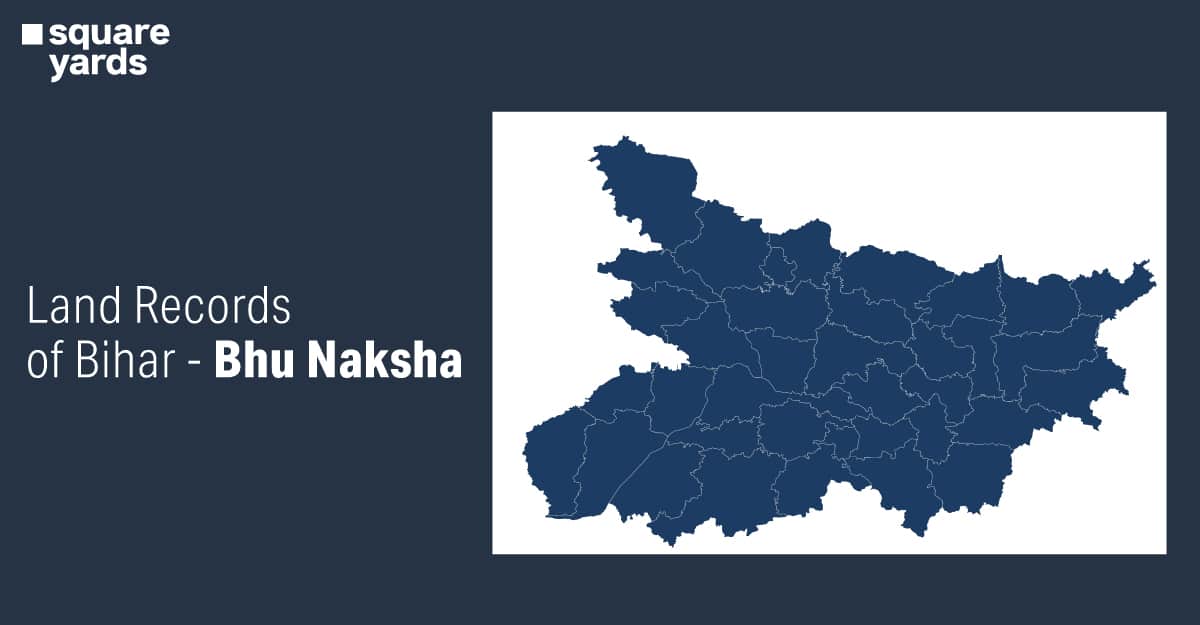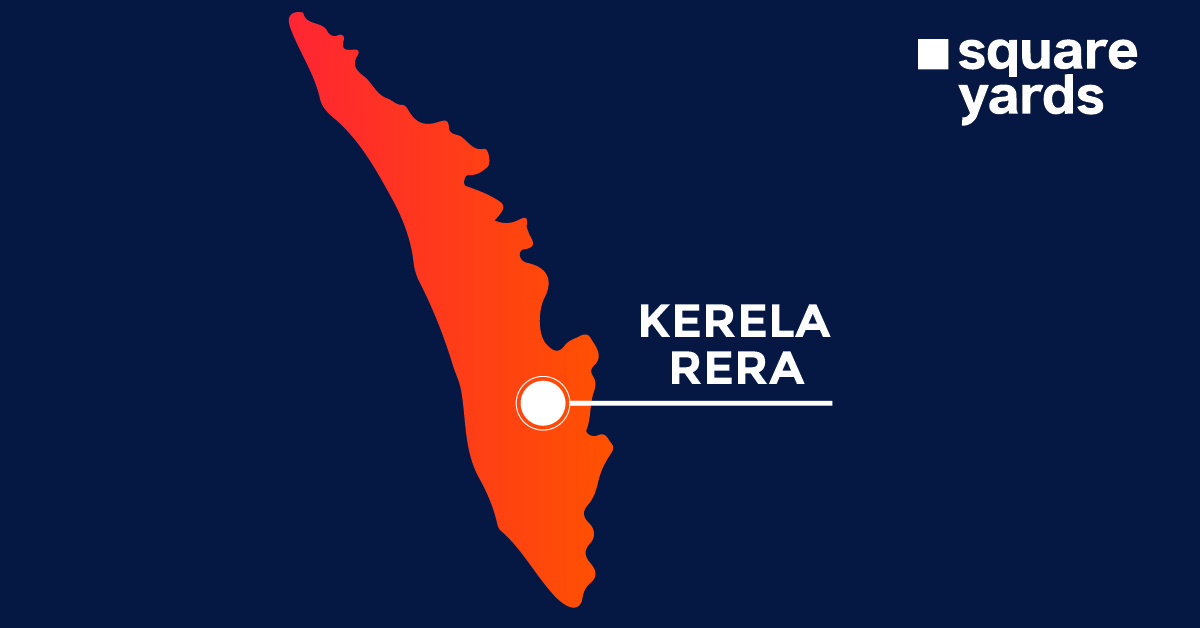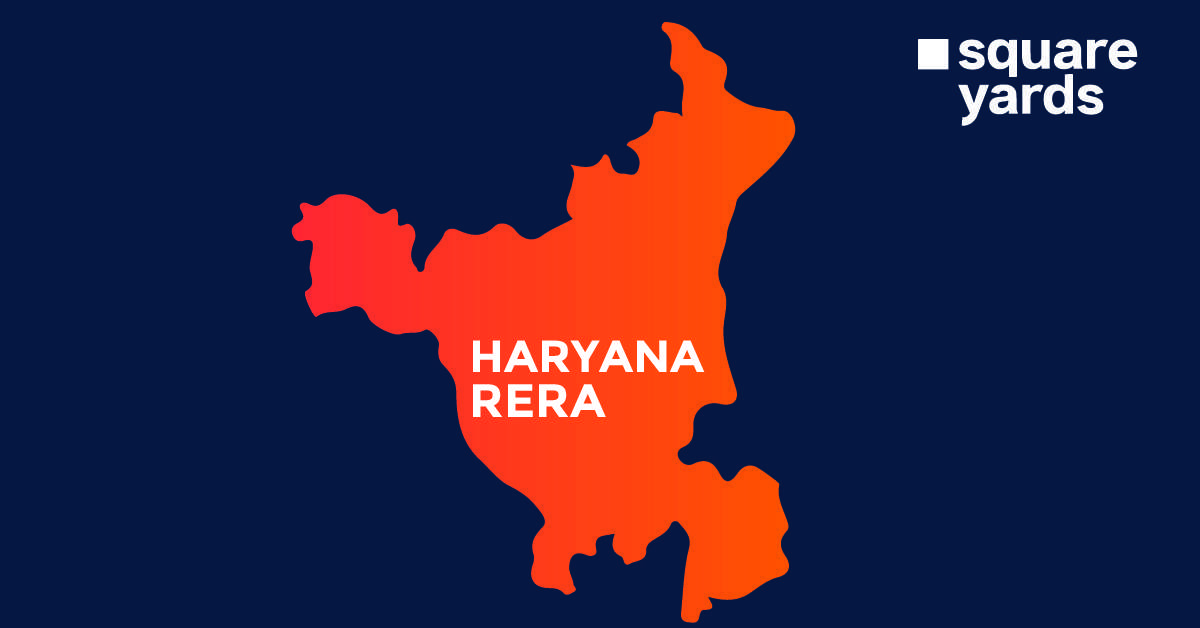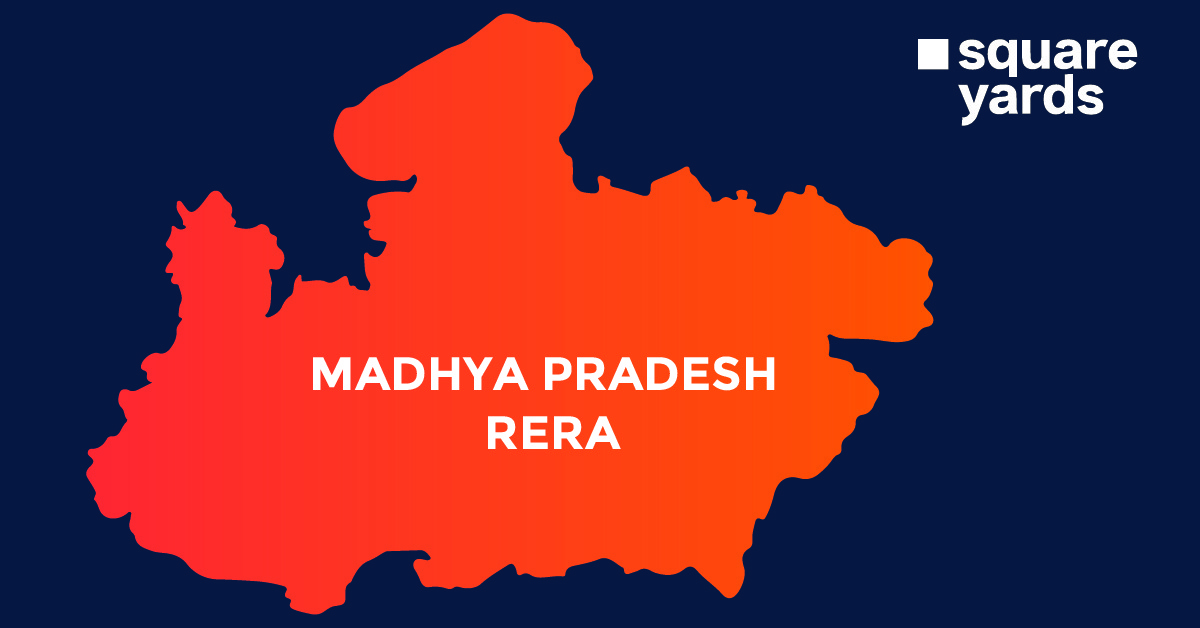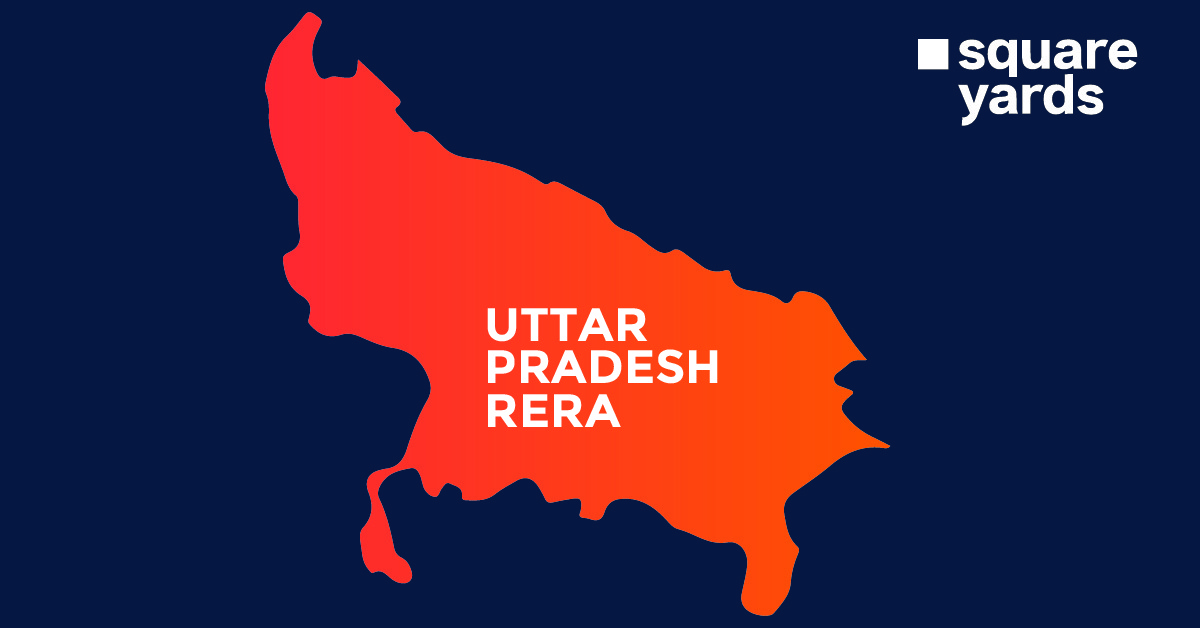Converting yards to feet is simple and can be extremely useful in everyday situations, whether planning a garden, laying out a room, or purchasing a carpet. Since both yards and feet are common units of measurement in the UK, understanding how to convert between the two can simplify planning and projects.
Every one yard equals 3 feet. Thus, to know how many feet are in a specific number of yards, you multiply the yards by 3. For instance, if you have 4 yards, you would calculate 4 times 3 to get 12 feet. Understanding how to switch between yards and feet can make planning and executing projects much easier.
This blog will help you understand the definitions of yards and feet and how to convert yards to feet in simple steps with examples.
Table of contents
Yard: An Overview
A yard is a unit of length measurement used in the imperial and US customary systems. Consider it longer than a metre if you’re familiar with metric measurements. One yard is equal to 3 feet or 36 inches. It’s often used to measure the length of a room, the size of a backyard, or distances in sports fields. For example, in football, the field is measured in yards. It’s a very common unit of measurement for everyday use, especially in the United States and the United Kingdom.
Use of Yard
Yards is still commonly used today in a variety of contexts. In the United States and the United Kingdom, yard is often used to measure the length of fabric, which is typically sold by the yard. Additionally, yards are commonly used to measure the distance of sports fields, such as football and soccer fields. They are also used to indicate the length of roads and for other outdoor measurements.
Despite the prevalence of the metric system in many parts of the world, yards remain an important unit of measurement in certain fields and industries.
Origin of Yard
Yard has a long and interesting history. Originally, it was defined as the distance between the tip of King Henry I’s nose and the end of his outstretched arm. Later, the yard was standardised to be the length of a metal rod held in the custody of the British Government. This standardisation allowed for more accurate and consistent measurements across the country.
Feet: An Overview
Feet is a unit of measurement used to measure length or distance. One foot is equal to 12 inches. It’s a common measurement in the United States and some other countries for measuring height, the size of rooms, or the length of objects. For example, if a room is 10 feet long, it’s 120 inches from one end to the other.
Feet is part of the imperial system of measurement, which includes other units like inches, yards, and miles. This system is simple to use once you understand how to convert between the different units.
Use of Feet
Feet is still commonly used today in many different fields and industries. In construction and architecture, feet is used to measure the height of buildings, the length of walls, and the spacing of support beams. It is also used in sports to measure distances, such as running tracks, basketball courts, and football fields. Additionally, feet is used in everyday life to measure the length and width of household items, such as furniture and carpets.
While the metric system is commonly used in many parts of the world, feet remain an important unit of measurement in various contexts, particularly in the United States and the United Kingdom.
Origin of Feet
The foot has a long and varied history as a unit of measurement. Its origins can be traced back to ancient civilisations such as the Egyptians, who used the length of the human foot as a basis for measurement. In medieval Europe, the foot was standardised as the length of the king’s foot, and later as the length of an iron bar kept in the Guildhall in London. In 1959, the foot was officially defined as exactly 0.3048 meters by the International Yard and Pound Agreement, which standardised the units of length and weight in the United States, Canada, the United Kingdom, and other countries.
Despite this standardisation, variations in the use of feet as a unit of measurement remain, with some countries using different definitions of the foot or different units of measurement altogether.
Connection Between Yards and Feet as Units of Measurement
Yards and feet are both units of measurement that are commonly used to indicate length or distance. One yard is equal to three feet, which means that 22 yards is equivalent to 66 feet.
Understanding the relationship between yards and feet is important for many different purposes, such as in sports, where field dimensions are often expressed in yards, but players and coaches may be more familiar with feet.
Whether you’re working on a home improvement project or following your favourite sports team, understanding the connection between yards and feet is an essential aspect of measurement.
How to Convert Yards to Feet?
Converting yards to feet is a simple process that involves multiplying the yard value by 3. This is because one yard is equivalent to three feet. For example, if you have a measurement of 22 yards and you want to convert it into feet, you would multiply 22 by 3 to get 66 feet. Therefore, 22 yards is equal to 66 feet.
If you have a different measurement in yards that you want to convert to feet, you can use the same formula of multiplying the yard value by 3 to get the equivalent value in feet.
Formula and Examples of Yards to Feet Conversion
Now that you’re familiar with the formula for converting yards to feet, here’s the formula for converting yards to feet, along with a few examples of the same:
1 yard = 3 feet
To convert a measurement from yards to feet, simply multiply the yard value by 3.
Here are 10 examples of yards to feet conversion using the above formula:
Examples 1 – Converting 2 yards to feet
Using the formula – 1 yard = 3 feet
2 yards x 3 = 6 feet.
So, 2 yards is equal to 6 feet.
Example 2 – Converting 5 yards to feet
Using the formula – 1 yard = 3 feet
5 yards x 3 = 15 feet.
So, 5 yards is equal to 15 feet.
Example 3 – Converting 10 yards to feet
Using the formula – 1 yard = 3 feet
10 yards x 3 = 30 feet.
So, 10 yards is equal to 30 feet.
Example 4 – Converting 12 yards to feet
Using the formula – 1 yard = 3 feet
12 yards x 3 = 36 feet.
So, 12 yards is equal to 36 feet.
Example 5 – Converting 15 yards to feet
Using the formula – 1 yard = 3 feet
15 yards x 3 = 45 feet.
So, 15 yards is equal to 45 feet.
By using this formula, you can easily convert any measurement from yards to feet and vice versa.
Yards to Feet Conversion Table
| Yard | Feet | Yard to Ft |
| 1 Yard | 3 Feet | 1 Yard is equal to 3 Feet |
| 2 Yard | 6 Feet | 2 Yard is equal to 6 Feet |
| 3 Yard | 9 Feet | 3 Yard is equal to 9 Feet |
| 4 Yard | 12 Feet | 4 Yard is equal to 12 Feet |
| 5 Yard | 15 Feet | 5 Yard is equal to 15 Feet |
| 6 Yard | 18 Feet | 6 Yard is equal to 18 Feet |
| 7 Yard | 21 Feet | 7 Yard is equal to 21 Feet |
| 8 Yard | 24 Feet | 8 Yard is equal to 24 Feet |
| 9 Yard | 27 Feet | 9 Yard is equal to 27 Feet |
| 10 Yard | 30 Feet | 10 Yard is equal to 30 Feet |
| 11 Yard | 33 Feet | 11 Yard is equal to 33 Feet |
| 12 Yard | 36 Feet | 12 Yard is equal to 36 Feet |
| 13 Yard | 39 Feet | 13 Yard is equal to 39 Feet |
| 14 Yard | 42 Feet | 14 Yard is equal to 42 Feet |
| 15 Yard | 45 Feet | 15 Yard is equal to 45 Feet |
| 16 Yard | 48 Feet | 16 Yard is equal to 48 Feet |
| 17 Yard | 51 Feet | 17 Yard is equal to 51 Feet |
| 18 Yard | 54 Feet | 18 Yard is equal to 54 Feet |
| 19 Yard | 57 Feet | 19 Yard is equal to 57 Feet |
| 20 Yard | 60 Feet | 20 Yard is equal to 60 Feet |
| 21 Yard | 63 Feet | 21 Yard is equal to 63 Feet |
| 22 Yard | 66 Feet | 22 Yard is equal to 66 Feet |
| 23 Yard | 69 Feet | 23 Yard is equal to 69 Feet |
| 24 Yard | 72 Feet | 24 Yard is equal to 72 Feet |
| 25 Yard | 75 Feet | 25 Yard is equal to 75 Feet |
| 26 Yard | 78 Feet | 26 Yard is equal to 78 Feet |
| 27 Yard | 81 Feet | 27 Yard is equal to 81 Feet |
| 28 Yard | 84 Feet | 28 Yard is equal to 84 Feet |
| 29 Yard | 87 Feet | 29 Yard is equal to 87 Feet |
| 30 Yard | 90 Feet | 30 Yard is equal to 90 Feet |
| 31 Yard | 93 Feet | 31 Yard is equal to 93 Feet |
| 32 Yard | 96 Feet | 32 Yard is equal to 96 Feet |
| 33 Yard | 99 Feet | 33 Yard is equal to 99 Feet |
| 34 Yard | 102 Feet | 34 Yard is equal to 102 Feet |
| 35 Yard | 105 Feet | 35 Yard is equal to 105 Feet |
| 36 Yard | 108 Feet | 36 Yard is equal to 108 Feet |
| 37 Yard | 111 Feet | 37 Yard is equal to 111 Feet |
| 38 Yard | 114 Feet | 38 Yard is equal to 114 Feet |
| 39 Yard | 117 Feet | 39 Yard is equal to 117 Feet |
| 40 Yard | 120 Feet | 40 Yard is equal to 120 Feet |
| 41 Yard | 123 Feet | 41 Yard is equal to 123 Feet |
| 42 Yard | 126 Feet | 42 Yard is equal to 126 Feet |
| 43 Yard | 129 Feet | 43 Yard is equal to 129 Feet |
| 44 Yard | 132 Feet | 44 Yard is equal to 132 Feet |
| 45 Yard | 135 Feet | 45 Yard is equal to 135 Feet |
| 46 Yard | 138 Feet | 46 Yard is equal to 138 Feet |
| 47 Yard | 141 Feet | 47 Yard is equal to 141 Feet |
| 48 Yard | 144 Feet | 48 Yard is equal to 144 Feet |
| 49 Yard | 147 Feet | 49 Yard is equal to 147 Feet |
| 50 Yard | 150 Feet | 50 Yard is equal to 150 Feet |
| 51 Yard | 153 Feet | 51 Yard is equal to 153 Feet |
| 52 Yard | 156 Feet | 52 Yard is equal to 156 Feet |
| 53 Yard | 159 Feet | 53 Yard is equal to 159 Feet |
| 54 Yard | 162 Feet | 54 Yard is equal to 162 Feet |
| 55 Yard | 165 Feet | 55 Yard is equal to 165 Feet |
| 56 Yard | 168 Feet | 56 Yard is equal to 168 Feet |
| 57 Yard | 171 Feet | 57 Yard is equal to 171 Feet |
| 58 Yard | 174 Feet | 58 Yard is equal to 174 Feet |
| 59 Yard | 177 Feet | 59 Yard is equal to 177 Feet |
| 60 Yard | 180 Feet | 60 Yard is equal to 180 Feet |
| 61 Yard | 183 Feet | 61 Yard is equal to 183 Feet |
| 62 Yard | 186 Feet | 62 Yard is equal to 186 Feet |
| 63 Yard | 189 Feet | 63 Yard is equal to 189 Feet |
| 64 Yard | 192 Feet | 64 Yard is equal to 192 Feet |
| 65 Yard | 195 Feet | 65 Yard is equal to 195 Feet |
| 66 Yard | 198 Feet | 66 Yard is equal to 198 Feet |
| 67 Yard | 201 Feet | 67 Yard is equal to 201 Feet |
| 68 Yard | 204 Feet | 68 Yard is equal to 204 Feet |
| 69 Yard | 207 Feet | 69 Yard is equal to 207 Feet |
| 70 Yard | 210 Feet | 70 Yard is equal to 210 Feet |
| 71 Yard | 213 Feet | 71 Yard is equal to 213 Feet |
| 72 Yard | 216 Feet | 72 Yard is equal to 216 Feet |
| 73 Yard | 219 Feet | 73 Yard is equal to 219 Feet |
| 74 Yard | 222 Feet | 74 Yard is equal to 222 Feet |
| 75 Yard | 225 Feet | 75 Yard is equal to 225 Feet |
| 76 Yard | 228 Feet | 76 Yard is equal to 228 Feet |
| 77 Yard | 231 Feet | 77 Yard is equal to 231 Feet |
| 78 Yard | 234 Feet | 78 Yard is equal to 234 Feet |
| 79 Yard | 237 Feet | 79 Yard is equal to 237 Feet |
| 80 Yard | 240 Feet | 80 Yard is equal to 240 Feet |
| 81 Yard | 243 Feet | 81 Yard is equal to 243 Feet |
| 82 Yard | 246 Feet | 82 Yard is equal to 246 Feet |
| 83 Yard | 249 Feet | 83 Yard is equal to 249 Feet |
| 84 Yard | 252 Feet | 84 Yard is equal to 252 Feet |
| 85 Yard | 255 Feet | 85 Yard is equal to 255 Feet |
| 86 Yard | 258 Feet | 86 Yard is equal to 258 Feet |
| 87 Yard | 261 Feet | 87 Yard is equal to 261 Feet |
| 88 Yard | 264 Feet | 88 Yard is equal to 264 Feet |
| 89 Yard | 267 Feet | 89 Yard is equal to 267 Feet |
| 90 Yard | 270 Feet | 90 Yard is equal to 270 Feet |
| 91 Yard | 273 Feet | 91 Yard is equal to 273 Feet |
| 92 Yard | 276 Feet | 92 Yard is equal to 276 Feet |
| 93 Yard | 279 Feet | 93 Yard is equal to 279 Feet |
| 94 Yard | 282 Feet | 94 Yard is equal to 282 Feet |
| 95 Yard | 285 Feet | 95 Yard is equal to 285 Feet |
| 96 Yard | 288 Feet | 96 Yard is equal to 288 Feet |
| 97 Yard | 291 Feet | 97 Yard is equal to 291 Feet |
| 98 Yard | 294 Feet | 98 Yard is equal to 294 Feet |
| 99 Yard | 297 Feet | 99 Yard is equal to 297 Feet |
| 100 Yard | 300 Feet | 100 Yard is equal to 300 Feet |
Difference Between Yards and Feet
Here’s a table format explaining the main differences between yards and feet:
| Yards | Feet |
| A unit of length measurement | A unit of length measurement |
| Abbreviated as “yd” | Abbreviated as “ft” |
| Used to measure larger distances | Used to measure shorter distances |
| Equivalent to 3 feet | One foot is 1/3 of a yard |
| Used in sports fields (football, etc) | Used in construction, architecture, and everyday measurements |
| Examples: 50 yards, 100 yards | Examples: 6 feet, 12 feet, 20 feet |
In summary, yards are typically used to measure larger distances, such as sports fields, while feet are used for shorter distances in construction, architecture, and everyday measurements.
Conclusion
In conclusion, understanding how to convert yards to feet is a valuable skill to have for anyone who needs to make length measurements. With our handy formula, examples, and conversion table, you can easily convert any yard measurement into its equivalent in feet. Whether you have a career in sports or construction or just need to measure everyday objects, knowing how to convert between yards and feet is a must-have skill. So go ahead, convert those yards to feet, and make your measurements with confidence!
You may also like:
FAQ’s about Yard to Feet
Q1. What is 1 yard equal to in feet?
1 yard is equal to 3 feet.
Q2. Is a yard exactly 3 feet?
Yes, a yard is exactly equal to 3 feet.
Q3. Is 4 yards equal to 7 feet?
No, 4 yards is not equal to 7 feet. One yard is equal to 3 feet, so 4 yards would be equal to 12 feet (4 yards x 3 feet/yard = 12 feet). Therefore, 4 yards is greater than 7 feet.
Q4. Which is bigger 4 feet or 1 yard?
1 yard is equal to 3 feet, so 4 feet is smaller than 1 yard.









